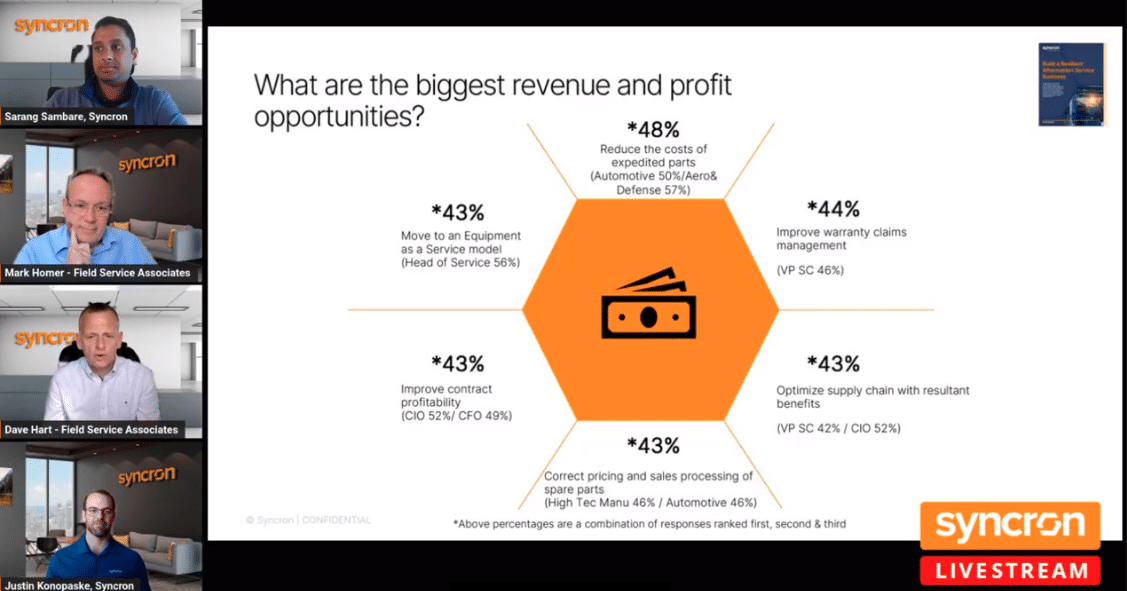
I am finding that I am using the word resilience in a lot of conversations recently. Resilience is a powerful word and perfect for this industrial moment in time. For me, it sums up what many service and supply chain organisations need to develop more of.
In today’s globalised economy, macro pressures, and supply chain disruptions, the cost of capital can cause significant challenges for businesses of all sizes. Whether it’s natural disasters, geopolitical instability, or recovery from the pandemic, disruptions to the supply chain can result in delays, increased costs, and lost revenue.
Building a resilient supply chain is essential for companies looking to weather such disruptions and remain competitive. Resilience means being able to quickly adapt to changes, recover from supply chain disruptions, and maintain operations in the face of challenges.
I was delighted to be on LinkedIn Live with my colleagues last week. I hope you will get a chance to view what proved to be an insightful and lively debate based on the latest Syncron eBook, “Build a Resilient Aftermarket Service Business.” This research project takes a deep dive into the state of the aftermarket service, explores the opportunities for optimisation and explains how this information can help manufacturers thrive in a state of economic uncertainty. With viewpoints from 500 service and supply chain leaders, CIOs and CFOs across Europe and North America, the eBook is a fascinating reflection of the current state of the service industry as we recover from the pandemic, weather economic disruption, mitigate talent shortages and endure supply chain volatility.
During the LinkedIn Live session, we debated the findings of the very credible and independent research conducted by Vanson Bourne, an independent specialist in market research.
For me, this quote from a service and supply chain leader from the Nordics resonated: “The demands of customers and consumers are increasing. At the same time, we are battling higher direct costs, increased costs of transport and warehousing with more delays and disruption to the supply chain. The next two years are critical to this industry, and we are more reliant than ever before on having strong support and customer relationships.”
What was truly fascinating about this study was the consistency of research results across most of the major data points, illustrating a wide agreement on the state of the current landscape and the macroeconomic factors service organisations face. I particularly was impressed by the various what-to-do opinions, recommendations, and case studies on approaches to addressing these challenges and future-proofing your organisation for wider opportunities. I will discuss these findings in more detail in my next blog, but if in the meantime you can’t wait, please do view the LinkedIn live recording and download the e-Book “Build a Resilient Aftermarket Service Business.”

